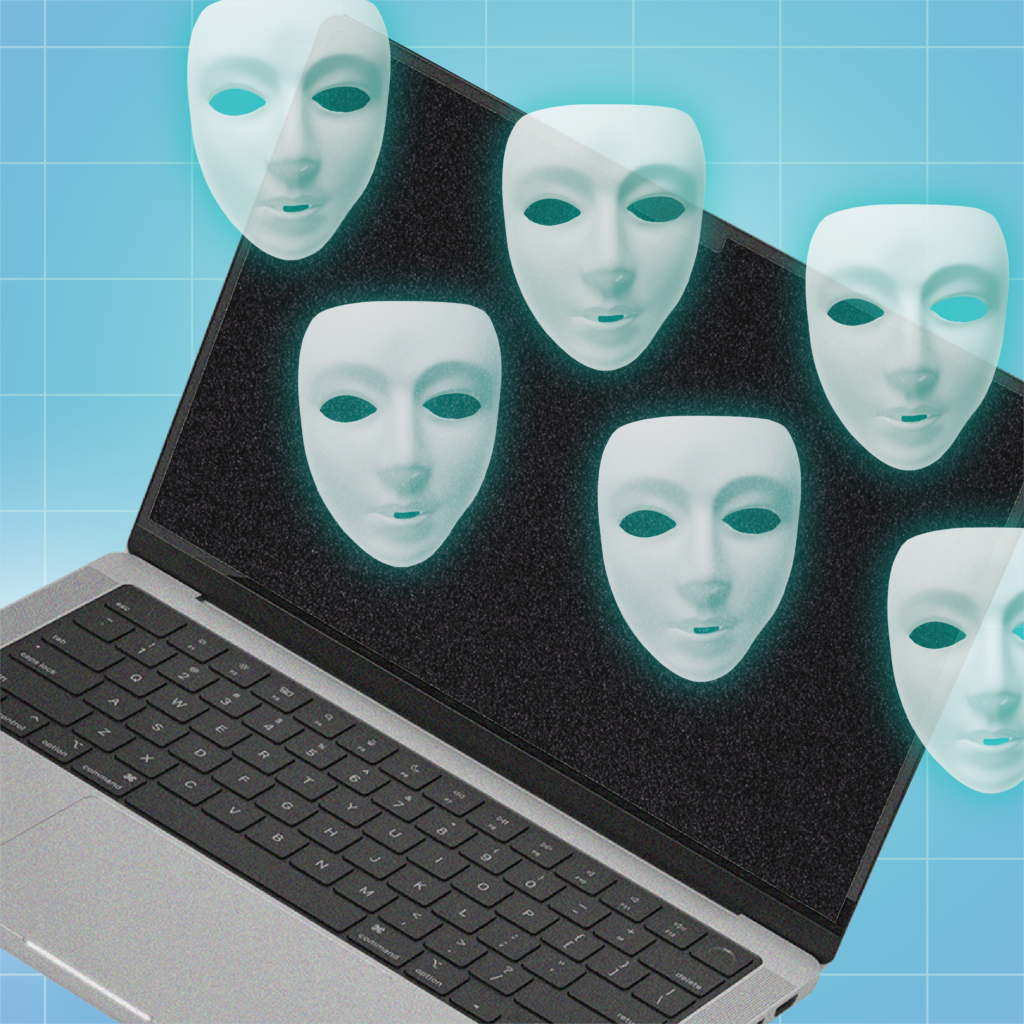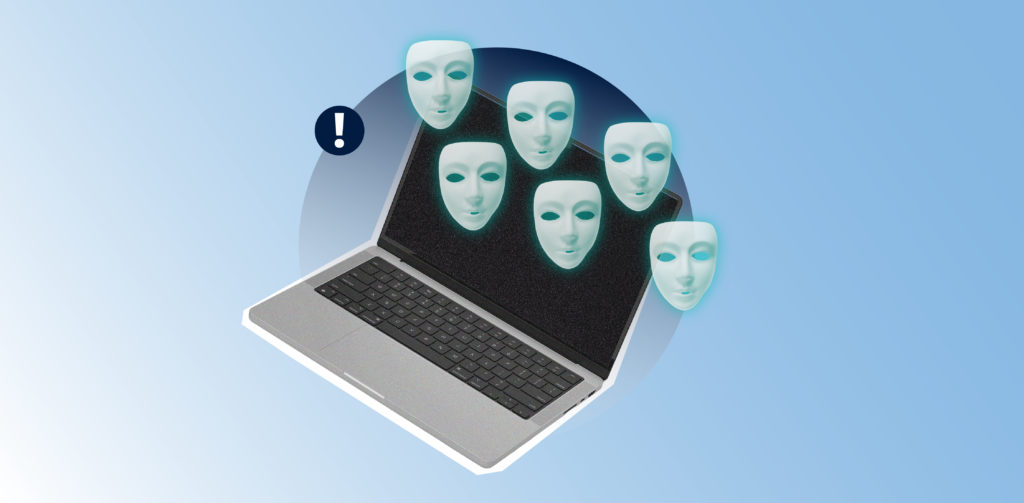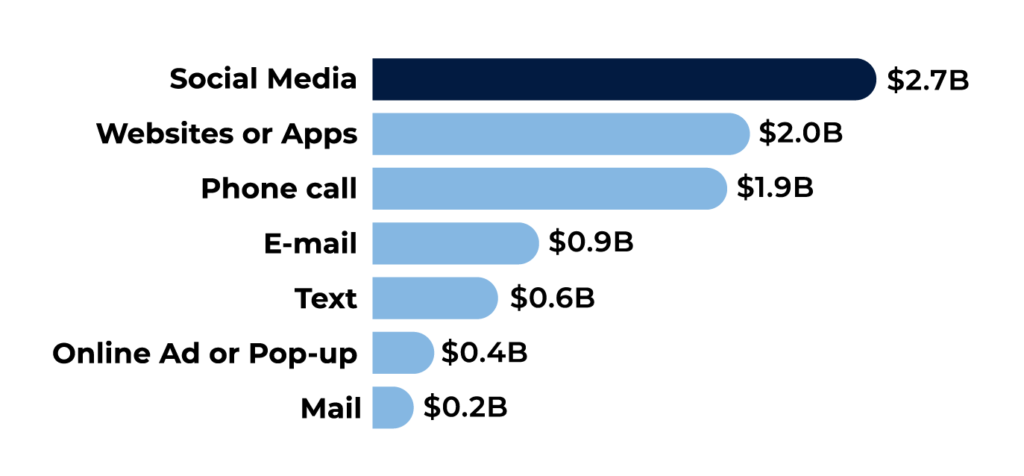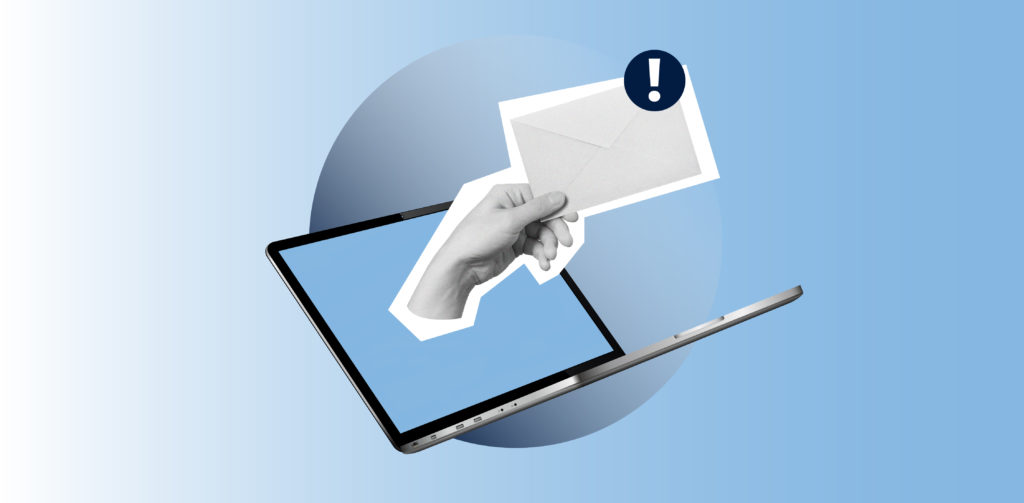Verified social media: How can biometrics tame hate, hoaxes and fraud caused by anonymity?



Ján Lunter, CEO Innovatrics
Ján Lunter is CEO and founder of Innovatrics. He is the creator of a fingerprint recognition algorithm that regularly ranks among the best in the world. In recent years, he has also been involved heavily in image processing and using neural networks for face recognition.
Today’s easy anonymity on social media creates an open avenue for scammers, cheaters and bots. Could biometric verification be the way to make these platforms friendlier and more “social” again? We explore the topic with Ján Lunter, CEO of Innovatrics, who thinks biometrics is key to social media security and safety.
Our digital world is built on trust. Trust that we are safe when riding with Uber, trust we have the correct information and photos of the Airbnb we just reserved, trust in Paygate while issuing payments for online purchases, or trust in platforms when we enter personal information.
“In this context, social media and the sharing economy have a lot of similarities. They both thrive on building trust among users and depend on it to be successful. And they both involve platforms that connect people, facilitate interactions, and rely on user participation and engagement,” explains Ján Lunter. Moreover, he adds, they both transformed traditional business models and created new ways for people to communicate, collaborate, and access goods and services.
And just as sharing economy platforms do, social media would benefit greatly from identity verification.
Online threats
The original goal of social media has long been tarnished. Talking to friends and family is now intertwined with the darker side of these platforms: scamming, identity theft, misinformation, political agenda and unverifiable information that – once out – is basically unstoppable.
The official number of bots on social media is around 5%. But estimates from Cloudflare are hinting at around triple that number, which means there are around 840,000 bot accounts on social media around the world.
As for fake accounts, according to Statista, Facebook detected and deleted more than 2,6 billion accounts in just one year, in 2023.
Anonymity is the norm
The default mode of functioning on social media essentially allows for complete anonymity. People can admit to their identity willingly, but they can also simply make it up. There are two sides to this phenomenon. On the one hand, it allows people to protect their identity, but on the other, it also means no responsibility and repercussions for their online behaviour. The latter opens the doors to various nefarious uses for social networks.
“Enforcing identity has historically never worked in social network areas,” concludes Ján Lunter. What could help, though, is verifying accounts. So, how could identity verification tame the dangers of social media?
Three problems
biometrics can solve
Most of the problems we face on social media have one common denominator – unverifiable information. Or, in other words, there is no clear source of truth. Here are three important issues we face on social media today, and how verified accounts could help deal with them.

Misinformation
In the past few years, we have seen the massive effect misinformation can have on our societies: Russian disinformation campaigns in Europe have sown seeds of dissent and mistrust in the heart of the European Union; Doubts around US presidential elections; Brexit; Coronavirus hoaxes.
Social networks have by far been the biggest contributor to all of these, and many more, social and political movements. Even though social media platforms react to this problem with teams of fact-checkers and try to fight hoaxes, the amount of misinformation circulating on platforms is overwhelming.
Ján Lunter underlines why prevention is more important than salvaging the current situation. “Once false information is out there, it’s almost impossible to root it back out or make sure that each recipient gets the corrected information afterwards. Attempts at warning that a person is sharing a proven hoax or fraudulent information does almost nothing to stop it spreading.”
The research on misinformation speaks clearly – most hoaxes come from just a tiny proportion of people. According to a study from the Centre for Countering Digital Hate, most of the COVID-19 hoaxes originated from only 12 individuals, but their messages hit over 59 million people.
“This is where identity verification can step in. If possible, the misinformers would be easily identified – even across different platforms – and could be prosecuted, or their activities tracked, much more easily. This would also lead to more caution on the side of people sharing the content,” explains Ján Lunter, adding that there would still be misuse of the platforms, but overall the effectiveness of misinformation and spread of misinformation would be stemmed, as there wouldn’t be the option to quickly create dozens of false “unverified” accounts.
Financial markets
Social media bots are also used in finance. Bot accounts can generate traction for certain stocks by flooding the comments and spreading misinformation to influence share prices or destroy the credibility of companies.

Identity fraud
Social media with growing peer-to-peer marketplaces play an increasing role in sharing economies. “But they are very vulnerable to identity fraud. It’s easy to get a deal and send money using social media. It is much harder to get it back in case of fraud. Involving banks and police is complicated enough, and social media platforms are cooperating only to a limited extent,” Lunter explains.
Because there is no form of identity verification, catching the perpetrator – who could be someone from the other side of the country, or the globe – is incredibly difficult. And the fact that fraudsters now have improving generative AI at their disposal is not helping.
A simple identity check could make your second-hand shopping, or any business in marketplaces, much safer. “Of course, as for misinformation, identity verification isn’t a silver bullet to all frauds, but rigorous identity verification that could be done in less than a minute would solve a lot of problems. This could be a competitive advantage too, as it would push nefarious players out to the networks that don’t force them to verify,” concludes Lunter.
Consumer losses due to fraud (by medium)


Conmen
Cons. One of the most difficult to track down, and often very expensive for the victims. Confidence scams thrive on social media, whether it’s an estranged friend from the past offering investment opportunities that disappear with your money, or a potential romantic partner gaining trust and later requesting money for emergency hospitalisation or travel expenses.
“These have always been present in the form of fraudsters preying on single or vulnerable people, but social networks have pushed their volume up significantly. And the rapid rise of AI has given conmen all the tools they need to make it look as realistic as possible, by creating fake pictures to fit their narratives and high-quality translations to speak to anyone around the globe,” says Ján Lunter.
In these cases, it’s particularly difficult to find the perpetrators. It may take a while for a person to realise they are a victim, and even then, many are too ashamed to seek help.
A simple identity check could spell doom for these cons that target the most vulnerable groups, and help make social media a much safer space for people of all demographics and computer literacy levels.
A password you won’t forget
Biometric identity verification is already present on social media, but the scale is far too small. “So far, the verification is mostly being sold as an account protection measure, either to companies or influencers. Only those who explicitly wish not to be anonymous actually undergo true verification,” explains Lunter.
With biometric data integrated into the onboarding process, creating fake accounts would be more difficult and more time-consuming. It is easy, user-friendly, secure and, most importantly, it’s a “password” you won’t forget, lose or need to change as it is always accessible to you.
Thanks to the uniqueness of biometric data, those behind dangerous hoaxes, cons and identity frauds could be identified in the real world using their social media accounts, and more easily connected with other potentially dangerous behaviour. Putting faces (identity) and acts together, combining real-life and digital evidence, could make identifying fraudsters easier than ever. And in the process, make not just social media safer, but real life too.
AUTHOR: Andrej Kras
IMAGES: Shutterstock








